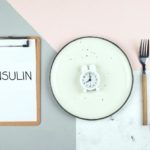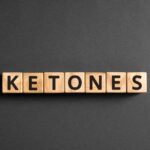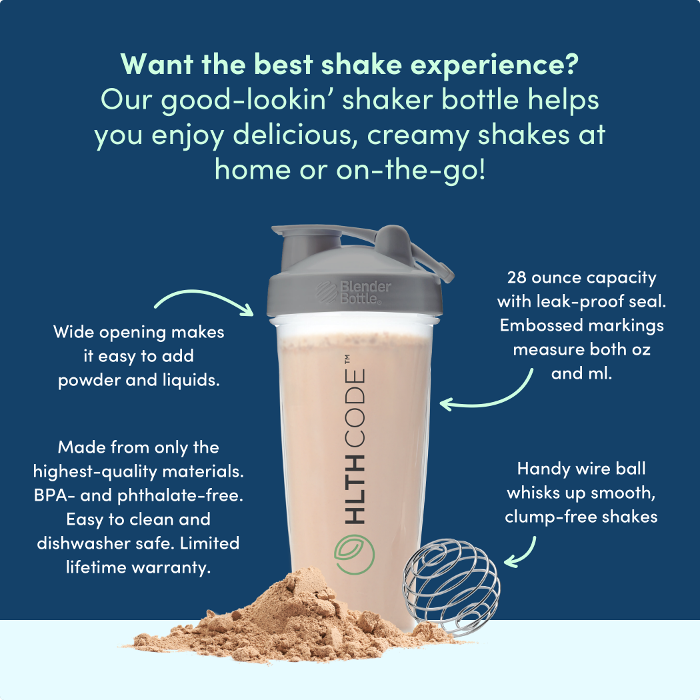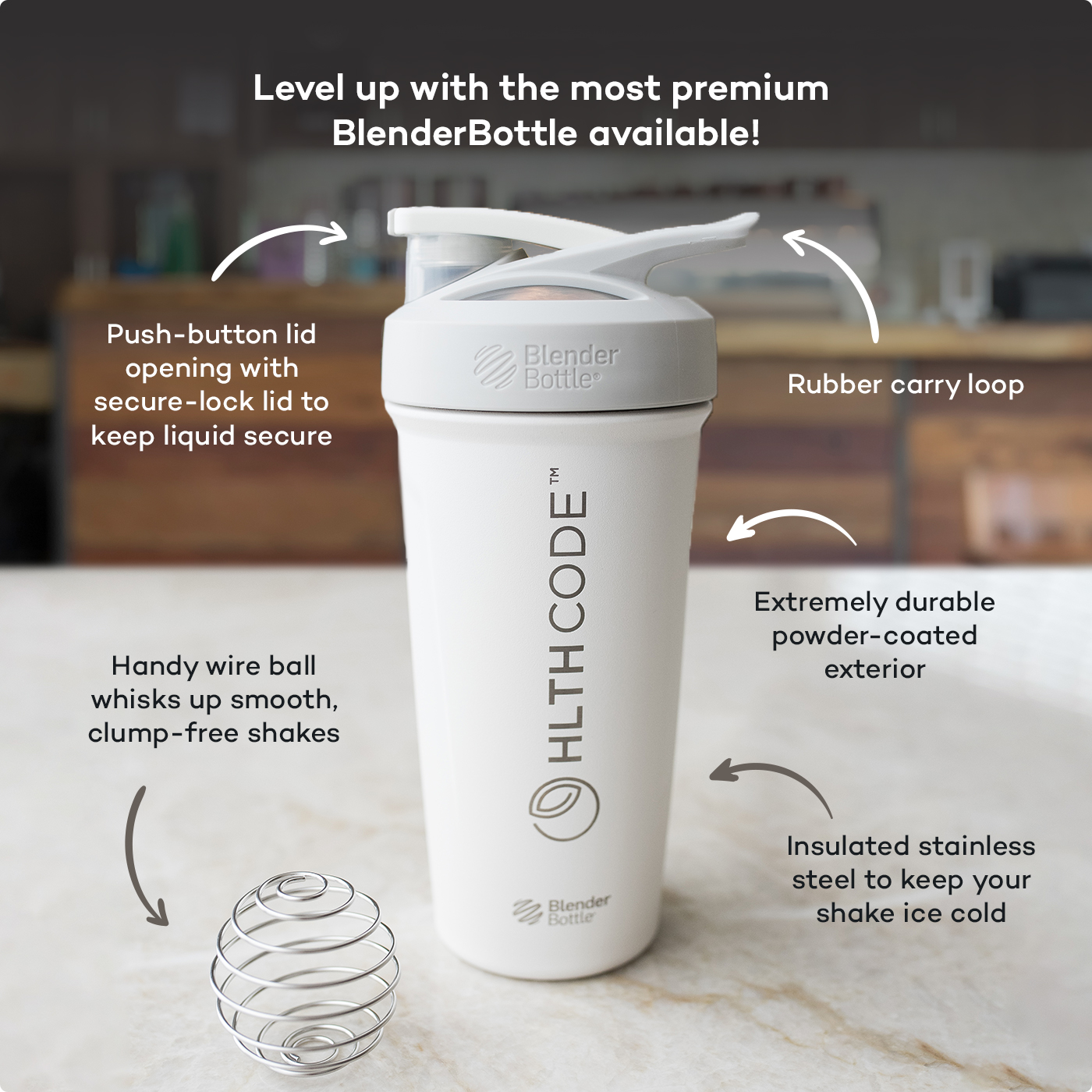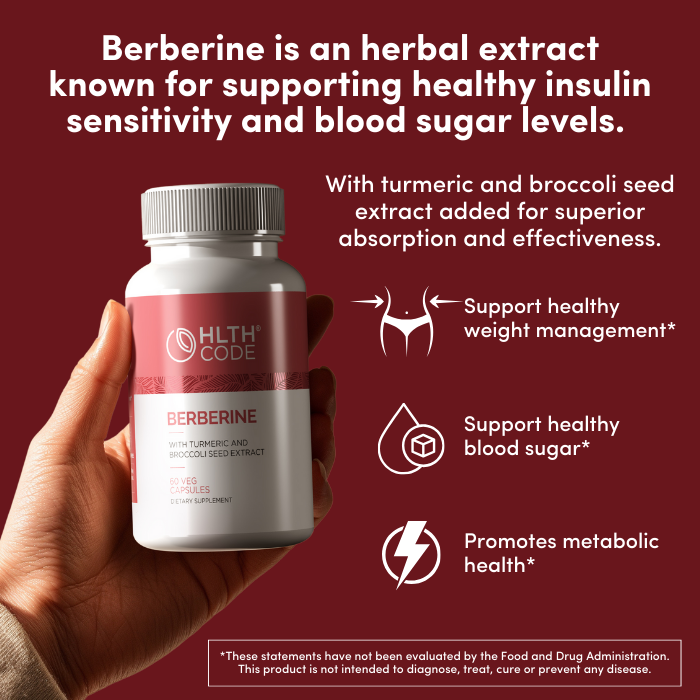Metabolic Origins of Migraine Headaches

The metabolic origins of (some) migraine headaches and what you may be able to do about them
Migraine headaches affect roughly 18% of adults in the US. Despite being relatively common, we only poorly understand its origins. However, certainly in some people, migraine headaches appear to be one more evidence of a metabolic problem connected to insulin problems.
A study of middle-aged women found that insulin resistance was associated with a two-fold greater likelihood of regularly experiencing a migraine [1]. Additional studies in men and women found that insulin levels were significantly higher in people that experience migraines compared with non-migraine individuals [2]; in fact, after eating pure glucose, the insulin response in those with migraines was nearly double that of the non-migraine group [2]. The connection between insulin resistance and migraines could be a problem of “running on empty”—basically, with insulin not working well at the brain, the brain is less able to obtain enough glucose to meets its energetic needs.
In addition to a lack of energy, the elevated insulin levels that typify insulin resistance may be causing a problem within the brain’s blood vessels. Briefly, a molecule called nitric oxide appears to be part of what drives the onset of migraines [3], and insulin, in turn, promotes the production of nitric oxide in blood vessels [4].
Now, having explored a possible role for insulin resistance in at least exacerbating migraines, does improving insulin resistance improve migraines? Based on studies that show the use of certain insulin-sensitizing/lowering medications and dietary changes, the answer is yes.
Regarding medications, one study explored this possible relationship by employing an insulin-sensitizing supplement. Of the 32 subjects in the study, over half found that the frequency of migraines dropped significantly [5].
Interestingly, the evidence supporting the role of diet as a means of improving migraines headaches is even more compelling. As I’ve highlighted in previous articles, controlling carbohydrate consumption is a great way (likely the best) to lower insulin and improve insulin sensitivity throughout the body. Unfortunately, very few researchers have sought to determine whether carbohydrate restriction explicitly is effective in the treatment of migraine headaches and the limited evidence that supports the role of lowering carbohydrates is based on case studies (i.e., not randomized trials). For example, one study reports that two sisters, who, in an effort to lose weight, adopted a carbohydrate-restricted, high-fat, high-protein diet [6]. However, both sisters reported often suffering from severe migraines (5-7 per month, over 72 hours, often accompanied with vomiting) and, with adherence to the diet, the migraines resolved. However, the migraines returned when the diet was stopped. Importantly, this diet-migraine connection occurred independently of weight loss, which by itself is known to help reduce migraine severity [7]. Furthermore, an interesting case study reported the experience of the wife of a physician who’d experienced severe migraines since childhood. For reasons unrelated to her headaches, she began a carbohydrate-controlled diet and noticed almost immediate resolution of her migraines [8].
Does this seem like new information? It must be, right? That’s why you’ve never heard it! Remarkably, there are published reports from 1928 [9] and another larger report from 1930 [10] of improvements in migraines headaches with carb-restricted diets. Clearly, this helps and has been used for almost 100 years.
Regardless of your strict adherence to a low-carb, high-fat, high-protein diet, there still may be validity in simply scrutinizing carbohydrates. People with insulin resistance who experience migraine headaches (remember—you may not know you’re insulin resistant) have a 75% improvement in migraine frequency and severity simply by restricting sugar in their diet [11].
Take-away Thoughts
Give your brain a break—eat smarter by lowering your consumption of the starchiest and “sugariest” (and most prevalent!) carbs. Try eliminating bread, cereal, pasta, rice, etc. in favor of fruits and vegetables, and eating more natural proteins and fats and see how your headaches change. I bet it will help.
References
1 Fava, A., Pirritano, D., Consoli, D., Plastino, M., Casalinuovo, F., Cristofaro, S., Colica, C., Ermio, C., De Bartolo, M., Opipari, C., Lanzo, R., Consoli, A. and Bosco, D. (2014) Chronic migraine in women is associated with insulin resistance: a cross-sectional study. European journal of neurology : the official journal of the European Federation of Neurological Societies. 21, 267-272
2 Cavestro, C., Rosatello, A., Micca, G., Ravotto, M., Marino, M. P., Asteggiano, G. and Beghi, E. (2007) Insulin metabolism is altered in migraineurs: a new pathogenic mechanism for migraine? Headache. 47, 1436-1442
3 Olesen, J., Thomsen, L. L. and Iversen, H. (1994) Nitric oxide is a key molecule in migraine and other vascular headaches. Trends Pharmacol Sci. 15, 149-153
4 Steinberg, H. O., Brechtel, G., Johnson, A., Fineberg, N. and Baron, A. D. (1994) Insulin-mediated skeletal muscle vasodilation is nitric oxide dependent. A novel action of insulin to increase nitric oxide release. The Journal of clinical investigation. 94, 1172-1179
5 Cavestro, C., Bedogni, G., Molinari, F., Mandrino, S., Rota, E. and Frigeri, M. C. (2018) Alpha-Lipoic Acid Shows Promise to Improve Migraine in Patients with Insulin Resistance: A 6-Month Exploratory Study. J Med Food. 21, 269-273
6 Di Lorenzo, C., Curra, A., Sirianni, G., Coppola, G., Bracaglia, M., Cardillo, A., De Nardis, L. and Pierelli, F. (2013) Diet transiently improves migraine in two twin sisters: possible role of ketogenesis? Funct Neurol. 28, 305-308
7 Bond, D. S., O’Leary, K. C., Thomas, J. G., Lipton, R. B., Papandonatos, G. D., Roth, J., Rathier, L., Daniello, R. and Wing, R. R. (2013) Can weight loss improve migraine headaches in obese women? Rationale and design of the Women’s Health and Migraine (WHAM) randomized controlled trial. Contemp Clin Trials. 35, 133-144
8 Strahlman, R. S. (2006) Can ketosis help migraine sufferers? A case report. Headache. 46, 182
9 Schnabel, T. G. (1928) An Experience with a Ketogenic Dietary in Migraine. Annals of internal medicine. 2, 341-347
10 Barborka, C. J. (1930) Migraine: Results of Treatments by Ketogenic Diet in Fifty Cases. Journal of the American Medical Association. 95, 1825-1828
11 Dexter, J. D., Roberts, J. and Byer, J. A. (1978) The five hour glucose tolerance test and effect of low sucrose diet in migraine. Headache. 18, 91-94
This article is for informational and educational purposes only. It is not, nor is it intended to be substitute for professional medical advice, diagnosis, or treatment and should never be relied upon for specific medical advice.



